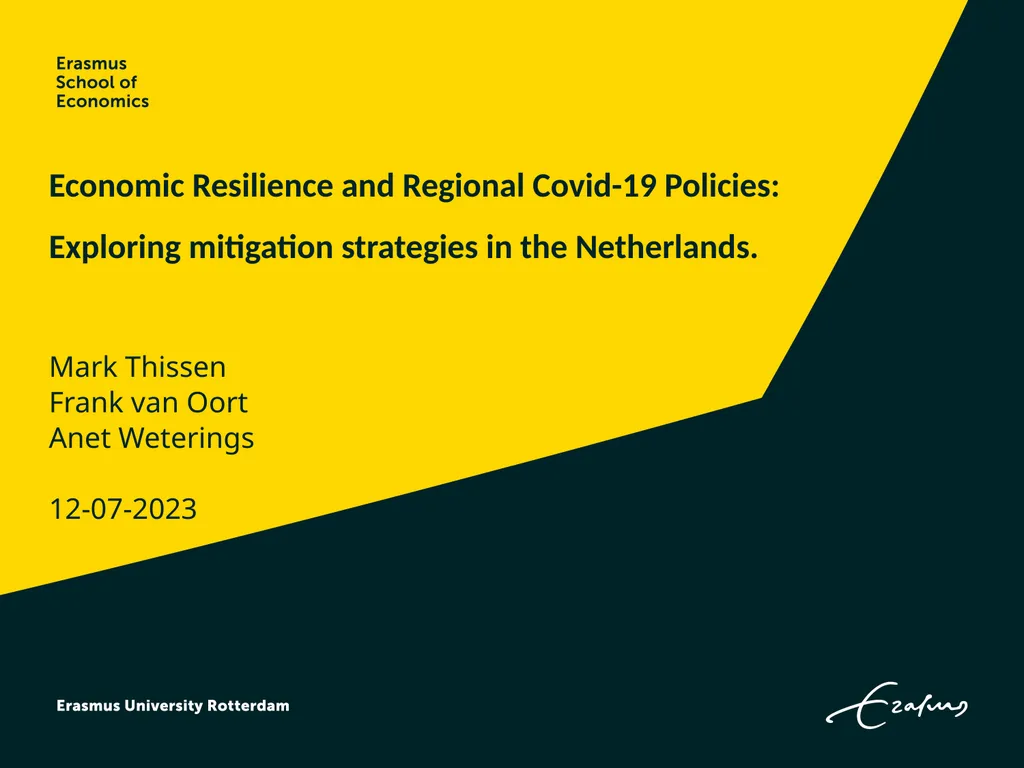
Economic Resilience and Regional Covid-19
Author: jane-oiler | Published: 2025-07-16
Description: Economic Resilience and Regional Covid-19 Policies: Exploring mitigation strategies in the Netherlands. Mark Thissen Frank van Oort Anet Weterings 12-07-2023 IMF Policy Tracker Countries with regional Covid19 policy responses Australia,
Download Presentation
Download the PPT/PDF: Download
Transcript:
Loading transcript…